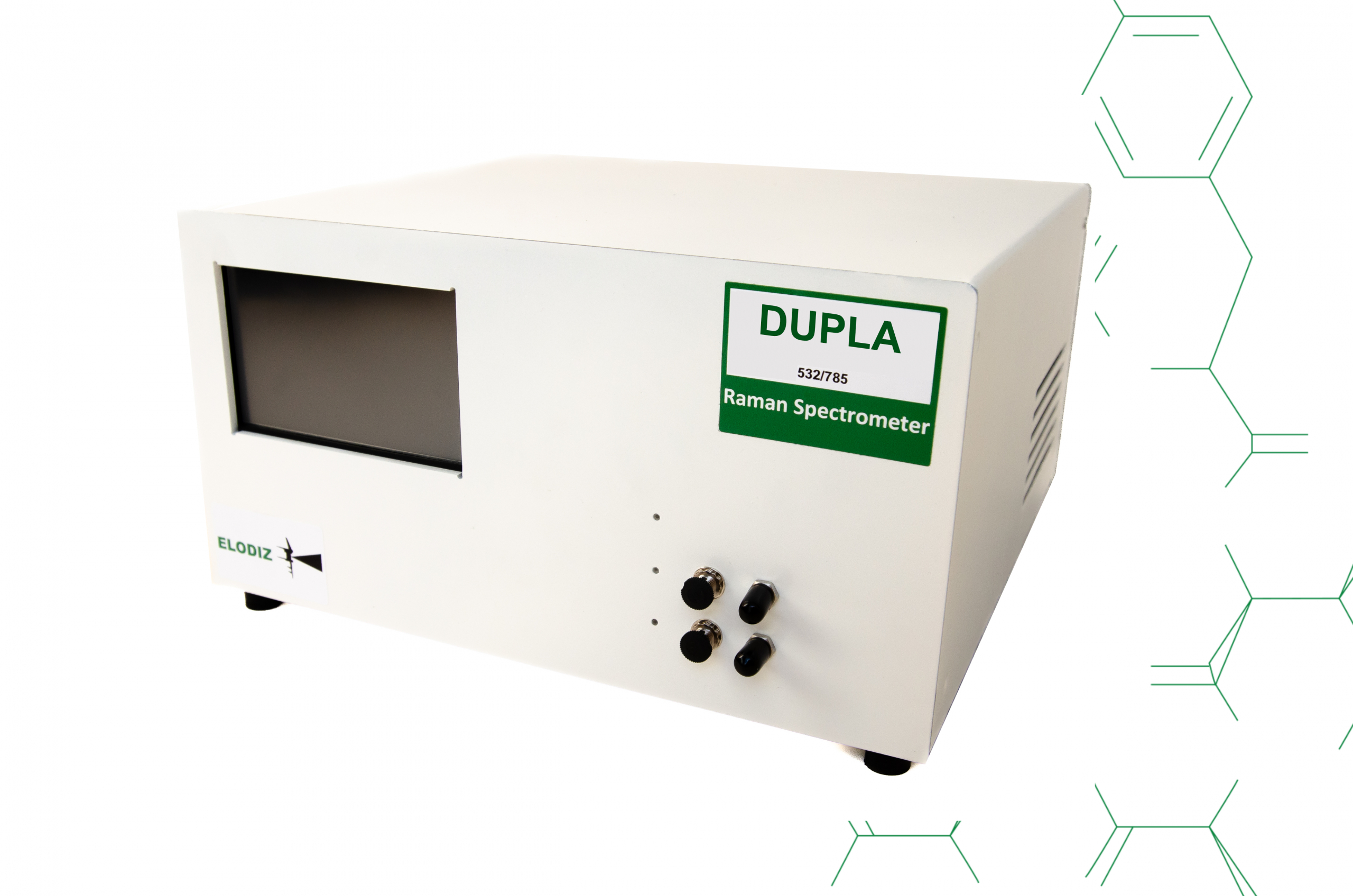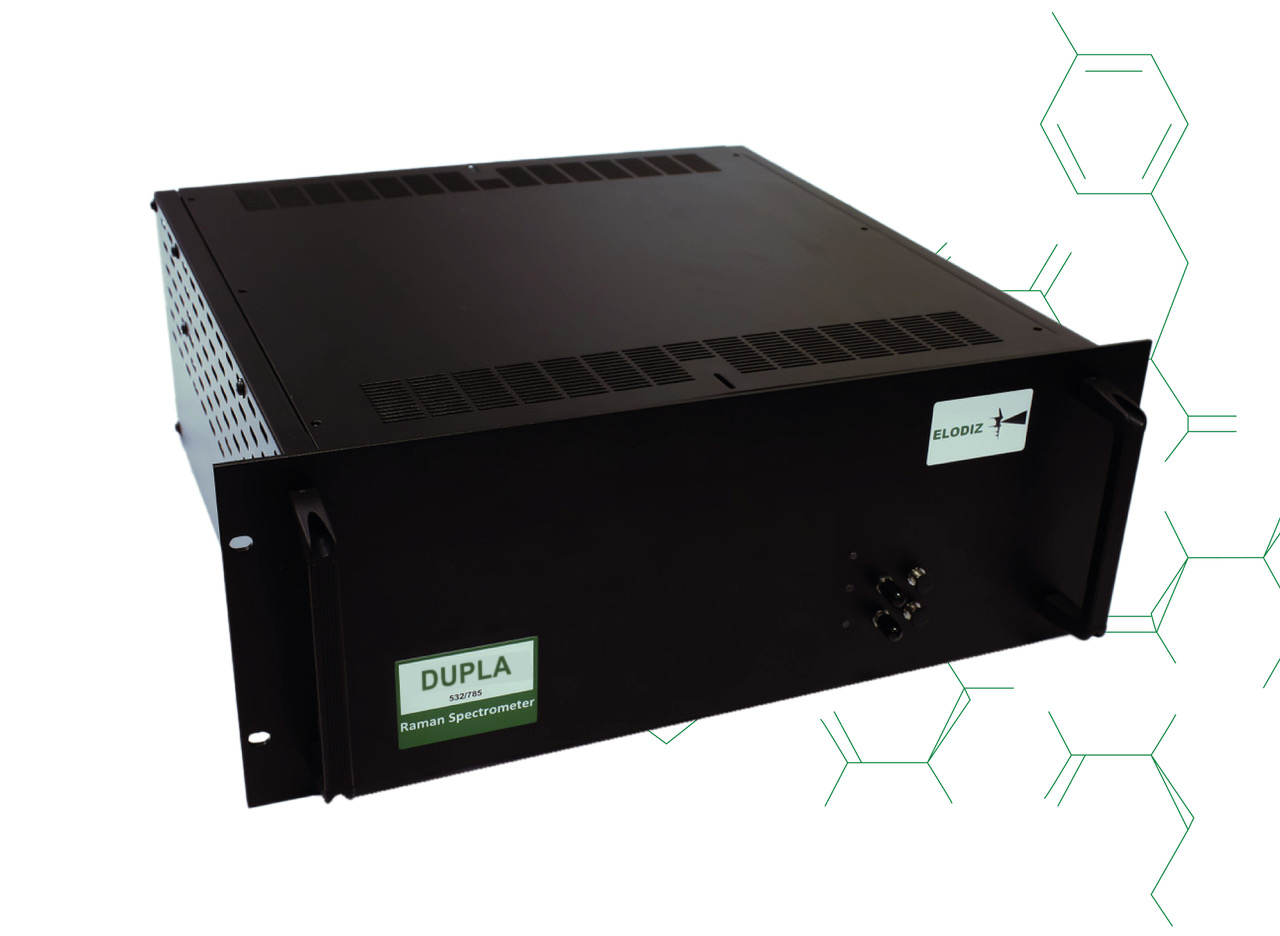Polystyrene as a Reference Material for Raman Spectroscopy
by Dr Enrique Lozano
What is Polystyrene?
Polystyrene is a very accessible and commonly used synthetic polymer made from monomers of the aromatic hydrocarbon styrene. It can be solid or foamed. General-purpose polystyrene is clear, hard, and brittle. It is an inexpensive resin per unit weight and it offers a poor barrier to air and water vapor plus a relatively low melting point.¹
Polystyrene is a type of a vinyl polymer which consists of a lengthy hydrocarbon chain where every second carbon atom is connected to a phenyl group.³ It is manufactured through the free radical polymerization process using the styrene monomer.³ It is also a thermoplastic polymer, which means that it softens and melts when heated and can be reused. It is an excellent electrical insulator and is resistant to chemicals such as acids and bases.²
Solid polystyrene is transparent due to the lack of crystalline arrangements of the styrene molecules.
It is a brittle material with poor UV resistance. It also has a relatively low glass transition temperature of 100ºC, where the polymer begins to soften before melting.² Designated with recycling code number 6, it can be melted and reused in different shapes or forms.
Other polystyrene features include:
- resistant to degradation and does not react with most solvents or reagents,
- not affected by water,
- easy to handle,
- generally inexpensive, and widely available in different forms, such as films, discs, or pellets,
- certain forms of Polystyrene can be polished to match optical spectroscopy requirements.
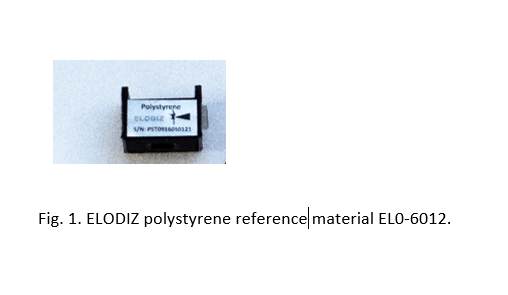
Polystyrene as a spectroscopy reference material
Not all polystyrene is suitable for use as a reference material and only a careful analysis of its properties can indicate if it is right for this task:
- General-purpose polystyrene (GPPS) also known as crystal polystyrene is clear, hard, and brittle. It is often used in areas that require clarity, such as food packaging and laboratory ware.
- High Impact Polystyrene: blended with rubber for added impact resistance and commonly used in products that need to be durable and resistant to impact.
- Expanded Polystyrene (EPS): also known as Styrofoam is lightweight and has excellent insulating properties; often used for insulation materials, disposable foam products, and packaging.
- Extruded Polystyrene (XPS) XPS is similar to EPS but is generally denser and has a smoother surface. It’s often used for insulation, craft applications, and architectural models.
- Cross-linked polystyrene: consists of chains of Polystyrene cross-linked with different agents, depending on the application; used as high-frequency circuit substrates, or for microwave components, optical lenses, etc.
To our knowledge, polystyrene is free from any regulations related to chemical reagents, unlike some other reference materials that may contain hazardous substances. Some polystyrene formulations may contain special additives and they need to be treated as per manufacturer guidelines. Nevertheless, polystyrene is often used as a reference material in spectroscopy because it has characteristic absorption bands in the ultraviolet and infrared regions that can be used for wavelength or wavenumber validation. FTIR, UV-Vis and NIR are techniques that use polystyrene films or disks to verify the instrument’s performance.4
CHARISMA protocols5, ASTM E1804 and Pharmacopoeias refer to polystyrene as a reference material for calibration verification of Raman devices. As per ASTM E1840, 11 Raman peaks are referenced as a standard guide for Raman shift calibration.3 There is some controversy between different pharmacopoeia, as Japanese and American standards present a small deviation on 1 peak that is not covered by both protocols (Fig 2), this is because the type and characteristics of the polystyrene are not the same.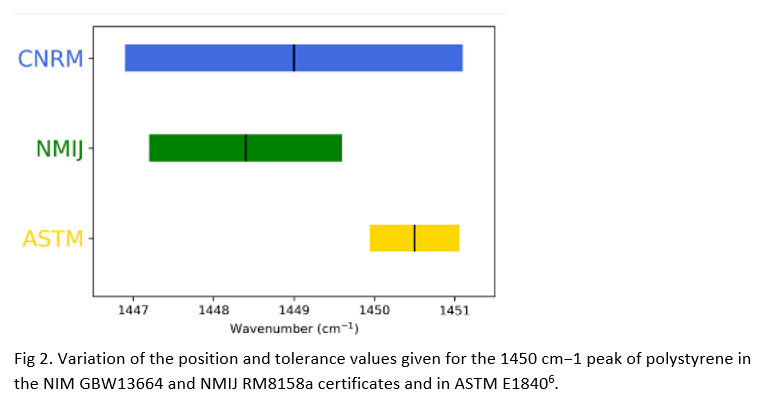
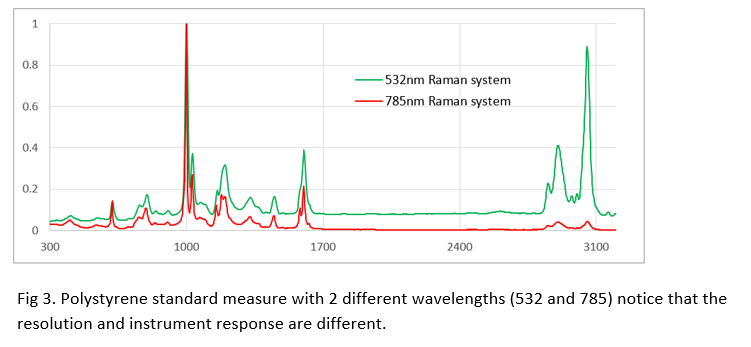
To fully validate the response of polystyrene, intensity correction of the data should be performed. ELODIZ is a supplier of reference polystyrene for Raman spectroscopy. Our materials are verified following the protocols developed by the CHARISMA EU-HORIZON project dedicated to harmonisation of Raman spectroscopy.
For further information and to purchase, please visit Materials for Calibration – Elodiz.
References
- Wikipedia: https://en.wikipedia.org/wiki/Polystyrene
- Polystyrene Structure | A Comprehensive Overview – PlasticRanger: https://plasticranger.com/polystyrene-structure/
- ASTM.E1804
- Using Reference Materials, Part I: Standards for Aligning the X-Axis. https://www.spectroscopyonline.com/view/using-reference-materials-part-i-standards-aligning-x-axis
- All About Polystyrene: Strength, Uses, and Properties – 3D Insider: https://3dinsider.com/polystyrene/
- Review of Existing Standards, Guides, and Practices for Raman Spectroscopy: https://doi.org/10.1177/00037028221090988


